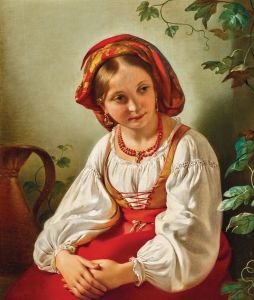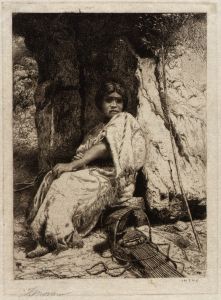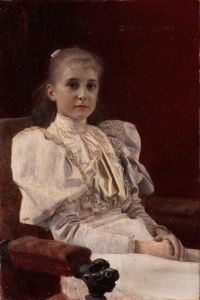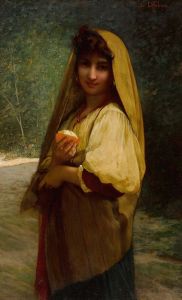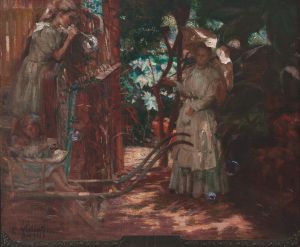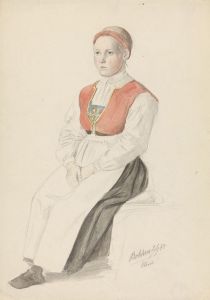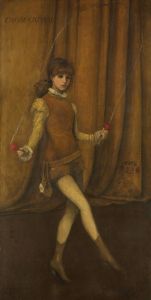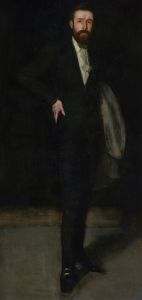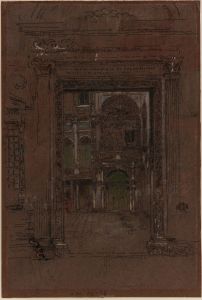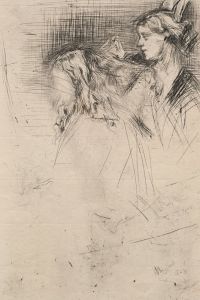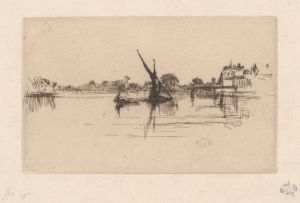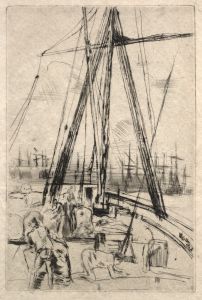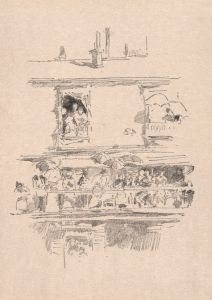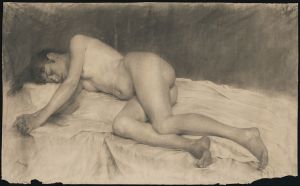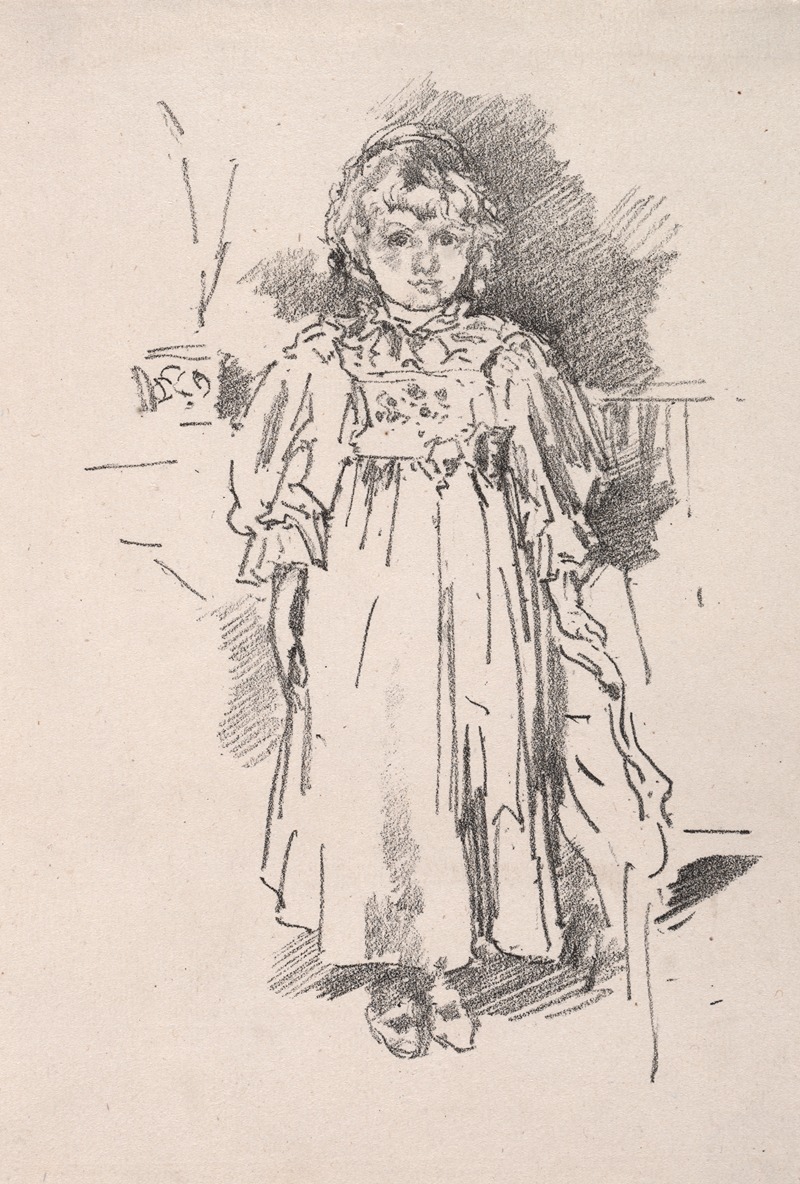
Little Evelyn
A hand-painted replica of James Abbott McNeill Whistler’s masterpiece Little Evelyn, meticulously crafted by professional artists to capture the true essence of the original. Each piece is created with museum-quality canvas and rare mineral pigments, carefully painted by experienced artists with delicate brushstrokes and rich, layered colors to perfectly recreate the texture of the original artwork. Unlike machine-printed reproductions, this hand-painted version brings the painting to life, infused with the artist’s emotions and skill in every stroke. Whether for personal collection or home decoration, it instantly elevates the artistic atmosphere of any space.
James Abbott McNeill Whistler was an American artist known for his significant contributions to the art world during the late 19th century. He is best recognized for his paintings, etchings, and lithographs, which often exhibit a unique blend of realism and impressionism. Whistler's work is characterized by his innovative use of color and his emphasis on mood and atmosphere.
"Little Evelyn" is one of Whistler's lesser-known works. Unfortunately, there is limited information available about this specific painting. Whistler's oeuvre includes many portraits and figure studies, often focusing on capturing the essence and personality of his subjects with subtlety and grace. His portraits are known for their delicate tonal harmonies and the artist's ability to convey the character of the sitter through minimalistic compositions.
Whistler's approach to portraiture was influenced by his belief in "art for art's sake," a philosophy that emphasizes the aesthetic value of art over its narrative or moral content. This approach is evident in his most famous work, "Arrangement in Grey and Black No. 1," commonly known as "Whistler's Mother." In this painting, as in others, Whistler focused on the arrangement of color and form rather than the identity or story of the subject.
While specific details about "Little Evelyn" are scarce, it can be inferred that the painting likely shares some of these characteristics. Whistler's portraits often feature a muted color palette, with an emphasis on the interplay of light and shadow. His brushwork is typically delicate and precise, contributing to the overall harmony and balance of the composition.
Whistler's influence on the art world extends beyond his paintings. He was a prominent figure in the Aesthetic Movement, which sought to promote the idea that art should be appreciated for its beauty and form rather than its narrative content. This movement was a reaction against the more didactic and moralistic art of the Victorian era. Whistler's work, with its focus on aesthetic qualities, played a crucial role in shaping modern art's emphasis on abstraction and formalism.
Despite the lack of specific information about "Little Evelyn," Whistler's legacy as an artist is well-documented. His innovative techniques and dedication to the principles of aestheticism have left a lasting impact on the art world. Whistler's work continues to be studied and admired for its beauty, technical skill, and contribution to the development of modern art.
In conclusion, while detailed information about "Little Evelyn" is not readily available, understanding Whistler's broader artistic style and philosophy provides context for appreciating this work. His commitment to the aesthetic qualities of art and his influence on the trajectory of modern art remain significant aspects of his legacy.





